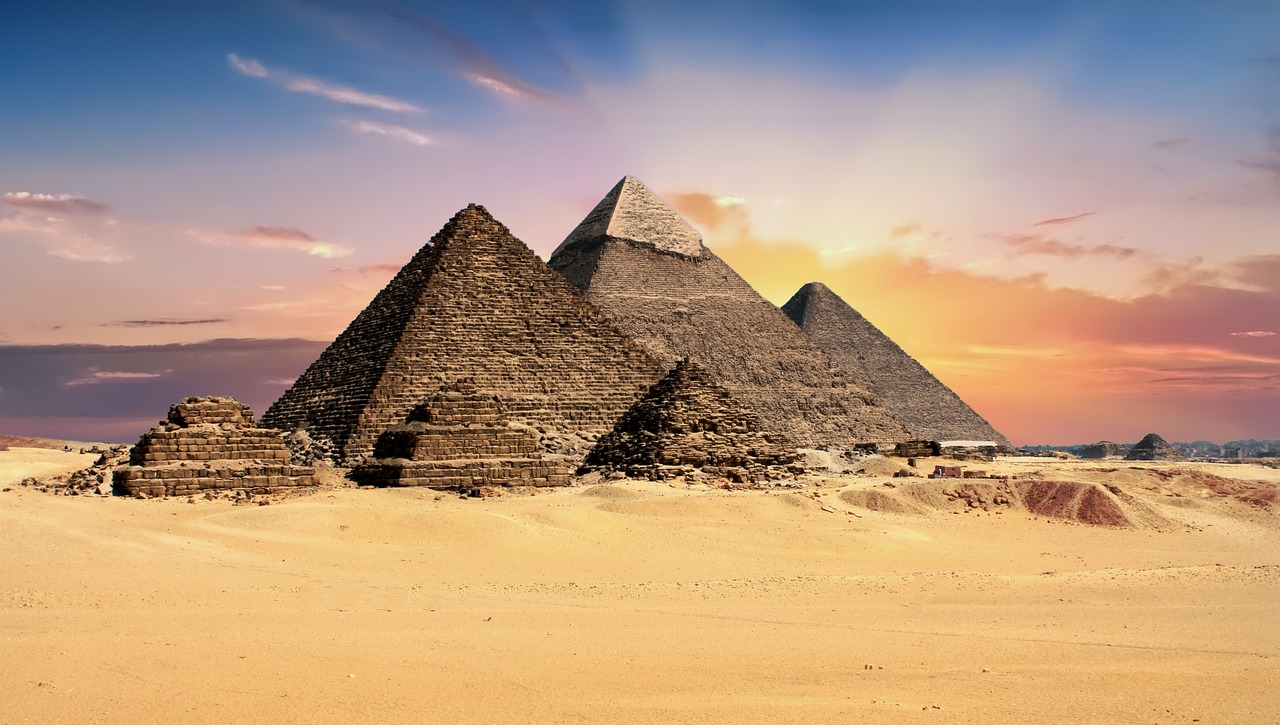Understanding Ancient Egyptian Religion
Ancient Egyptian religion encapsulates the indigenous beliefs practiced in Egypt from the early predynastic era (4th millennium BCE) until the gradual decline of traditional practices in the early centuries CE. To grasp the historical nuances, it is essential to view this religion in conjunction with Egyptian history.
Nature and Importance
Egyptian religious beliefs were deeply woven into the fabric of society starting around 3000 BCE. Although remnants from earlier periods existed, they were overshadowed by the societal transformation that led to a structured Egyptian state, which modified the context of religious practices. Applying a singular lens to religion may not fully capture its nature, as religious phenomena pervaded various aspects of life without forming a cohesive system. Instead, it is necessary to contextualize religion alongside nonreligious human activities and values.
Over its extensive development of more than 3,000 years, Egyptian spirituality exhibited notable shifts in focus and practice while retaining a consistent character. It is critical to expand the definition of religion beyond mere deity worship and piety; it also encompassed interactions with the deceased, divination practices, and magic, which often engaged with divine elements.
Focus of Public Religion
Public religious practices centered around two pivotal figures: the king and the gods. Both played integral roles in the tapestry of Egyptian civilization. The king, occupying a unique position between mortal beings and deities, engaged in divine realms and constructed significant funerary monuments intended for his afterlife. Egyptian deities were distinguished by a remarkable variety of representations, often depicted with animal heads on human bodies. Among these gods, the sun god held prominence, taking on multiple names and aspects, and was often linked with a plethora of supernatural figures in a cyclical solar narrative that mirrored the natural rhythm of day and night. While solar worship diminished in importance during the first millennium BCE, Osiris, the god of the underworld and the deceased, along with his partner Isis, emerged as central figures in various contexts.
Cosmological Views
The ancient Egyptians viewed the cosmos as consisting of both divine beings and the earthly realm, with Egypt at its core, surrounded by an abyss of disorder that threatened to encroach upon order. This precarious balance necessary to maintain societal structure placed the onus on the king to uphold divine favor in the fight against chaos. This underlying pessimistic interpretation of the universe, deeply intertwined with solar motifs, served as a justification for the ruling elite’s role in sustaining order.
Despite the inherent gravity of this cosmological view, the artistic depictions on monuments presented a contrastingly positive and harmonious image, showcasing the king and deities in an ongoing cycle of reciprocity. This duality highlighted the delicate nature of maintained order and was governed by strict decorum, dictating how events could be visually represented and in what context. This adherence to decorum not only preserved the existing order but also reinforced it through cultural representation.
While records and monuments primarily encapsulate the beliefs of the ruling class, the spiritual practices of the general populace remain less documented. There is no substantial evidence to suggest a fundamental dispute between the elite’s beliefs and the common people’s, yet the possibility of differing views cannot be dismissed entirely.



